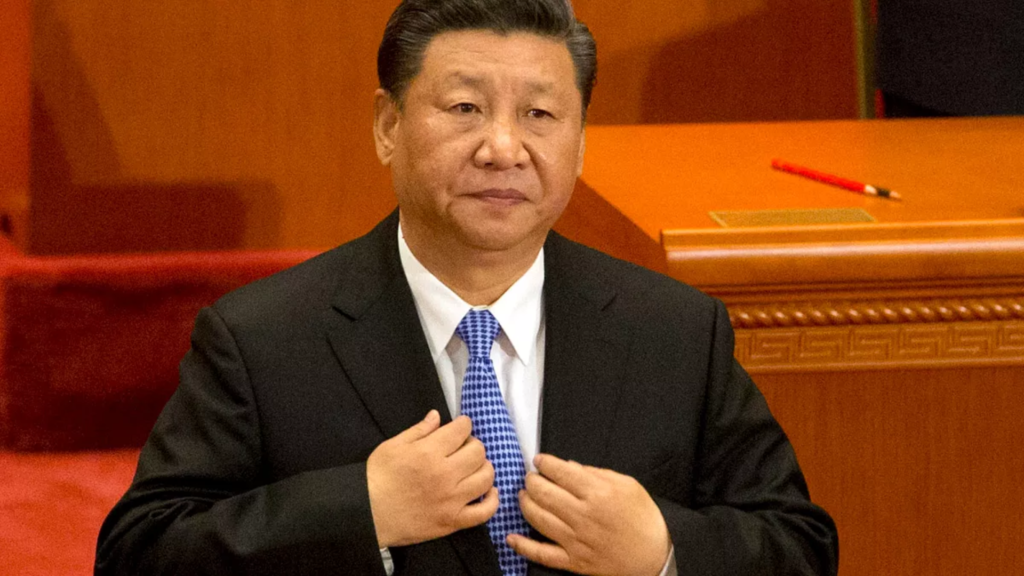
China sharply escalated its trade standoff with the United States (US) on Wednesday, April 9, announcing new retaliatory 84% tariff on American products.
The move came in response to President Donald Trump’s latest round of hard-hitting tariffs aimed at reining in China’s decades-long abuse of international trade rules.
Trump’s new tariffs—which include a staggering 104% tariff on certain Chinese imports—were rolled out earlier Wednesday across a broad range of trade partners. The goal: to push back against unfair practices that have hollowed out America’s manufacturing base and enriched foreign competitors at U.S. expense.
In retaliation, China hiked its planned retaliatory tariff on US goods from 34% to a steep 84%, revealing just how much pressure Trump’s trade policies are putting on the Chinese regime.
China’s finance ministry lashed out, accusing the U.S. of “piling mistakes on top of mistakes” and violating China’s so-called “legitimate rights.” But the truth is, China has been exploiting the global trade system for years—Trump is just one of the first presidents with the backbone to push back.
The Chinese commerce ministry also revealed that it would be blacklisting six American artificial intelligence firms, including Shield AI and Sierra Nevada Corp., in a retaliatory move.
This kind of targeted tech retaliation is a sign of just how central innovation and intellectual property theft are to China’s global ambitions.
While Trump has yet to respond directly to the Chinese tariffs, he made his position clear on Truth Social, urging American companies to relocate their operations back to U.S. soil: “This is a GREAT time to move your COMPANY into the United States of America, like Apple, and so many others, in record numbers, are doing,” Trump posted. “DON’T WAIT, DO IT NOW!”
Trump’s America First strategy centers on reindustrializing the nation by cutting dependence on adversaries like China. While some economists warn of inflation and recession fears due to the trade conflict, the long-term goal is clear: economic sovereignty and job creation for American workers.
Financial markets, predictably skittish, reacted with volatility. Global indexes fell, with Japan’s Nikkei closing nearly 4% lower, while European markets also saw sharp drops.
Investors fear that the prolonged trade conflict could dampen growth, but this is a short-term cost in the broader effort to rebuild America’s economic backbone.
Trump, undeterred, highlighted the revenue being generated by the tariffs—reporting nearly $2 billion a day pouring into U.S. coffers—and teased a coming tariff on pharmaceuticals, a move that rattled pharmaceutical stocks but signals a crackdown on an industry long accused of profiteering.
Meanwhile, a Chinese government white paper gave lukewarm lip service to “equal-footed dialogue,” but Trump’s strategy is clear: end the decades of one-sided trade and bring American industry home.

